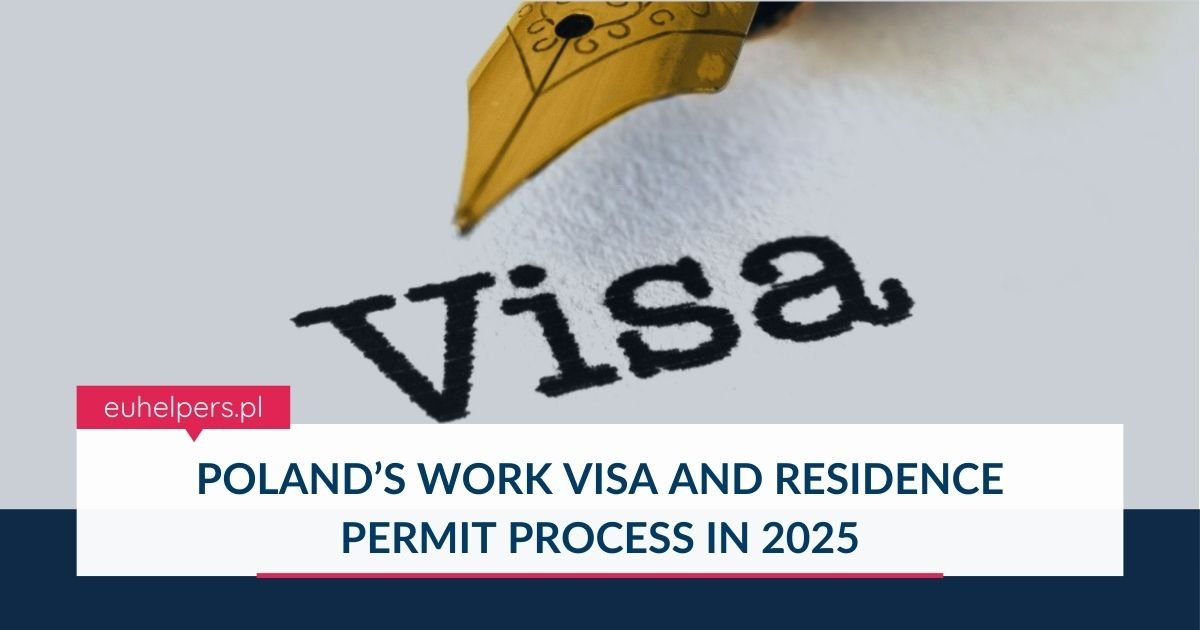Poland continues to be a popular destination for skilled professionals seeking employment opportunities. If you’re planning to work in Poland, understanding the visa and residence permit process is essential. Here’s a step-by-step guide to help you navigate the requirements in 2025.
Work Visa Process
1. Secure a Job Offer
Before applying for a work visa, you must have a formal job offer from a Polish employer. This is a crucial requirement, as your employer will play a role in supporting your visa application.
2. Submit Your Application
Once you have a job offer, you need to apply for a work visa at the Polish embassy or consulate in your home country. This involves filling out the necessary forms and scheduling an appointment.
3. Required Documentation
To process your application, you must submit the following documents:
- A valid passport
- A signed employment contract from your Polish employer
- Proof of accommodation in Poland
- Any additional documents requested by the embassy
4. Processing Time
The standard processing time for a Polish work visa is approximately 30 days. However, this can vary based on individual circumstances and the workload of the embassy or consulate handling your application.
Residence Permit
1. Initial Residence Permit
Once in Poland, you will need to apply for a residence permit, allowing you to stay and work legally in the country. Initially, this permit is granted for up to two years, with the possibility of renewal based on your employment status.
2. Long-Term Residence Permit
After five years of continuous residence in Poland, you may become eligible to apply for a long-term residence permit. This status grants you more stability and benefits similar to those enjoyed by Polish citizens.
Poland offers a clear and structured path for foreign professionals to live and work in the country. By securing a job, following the visa application process, and maintaining continuous legal residence, you can build a long-term career in Poland. Be sure to stay updated with any changes in immigration policies to ensure a smooth transition.

